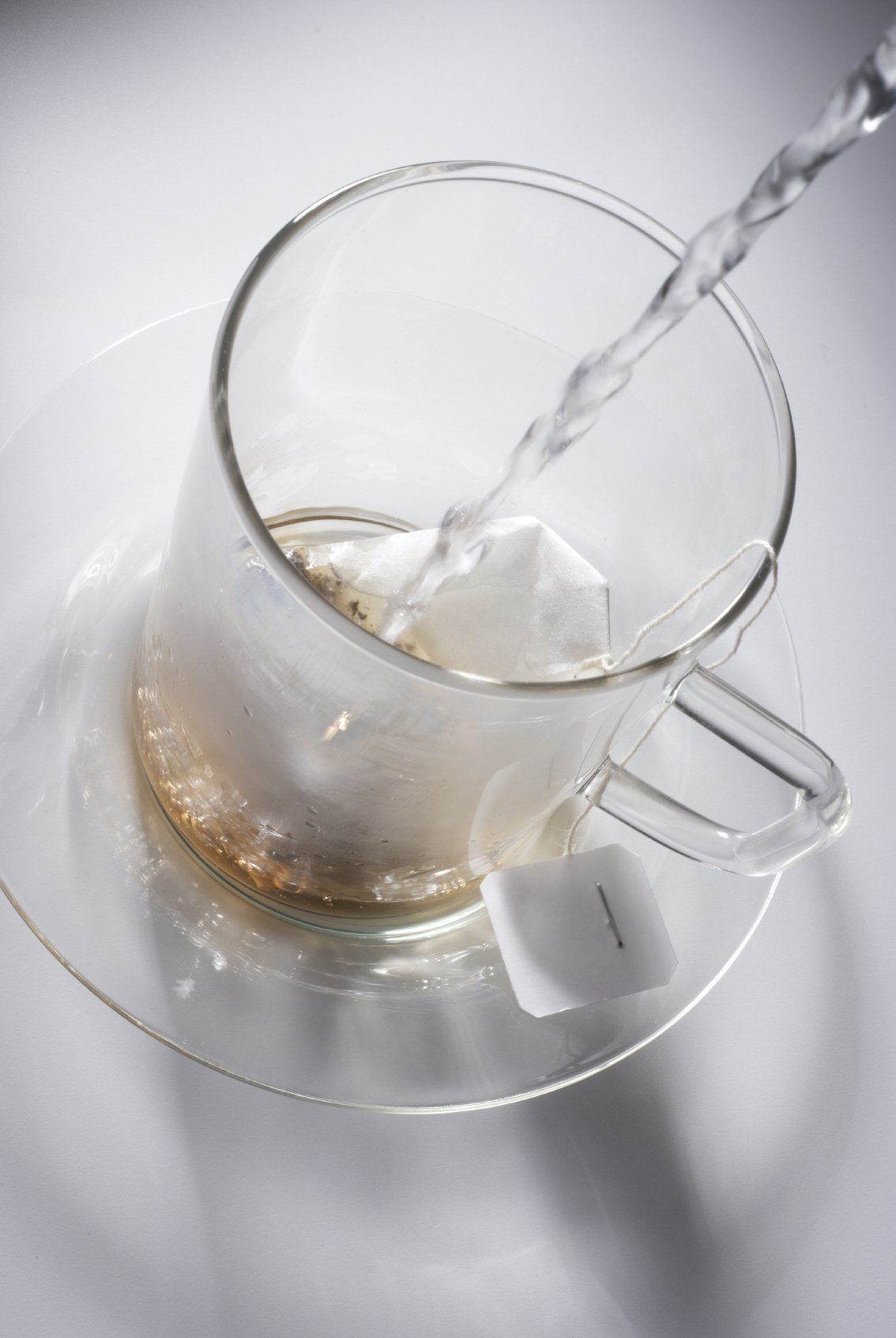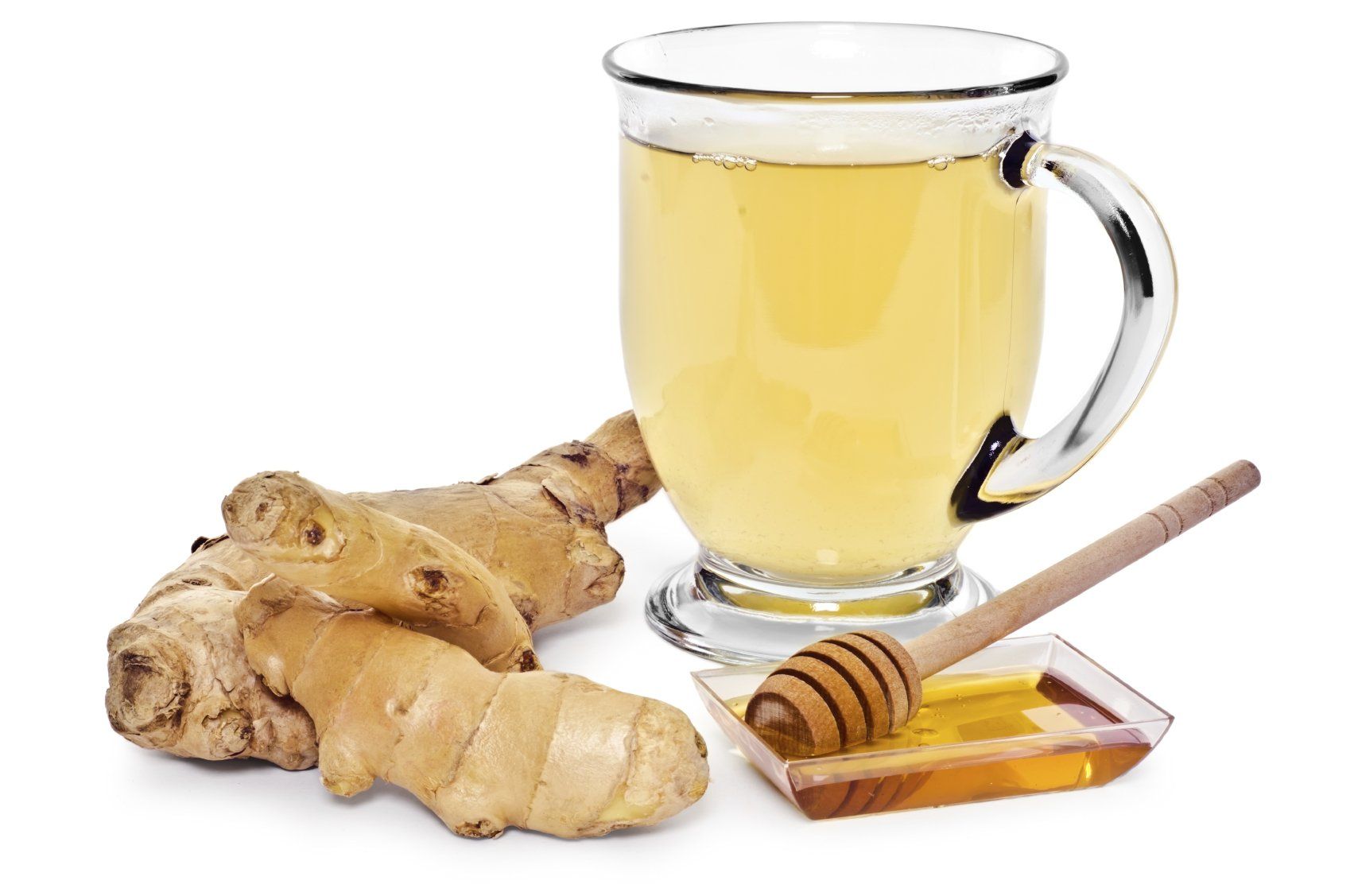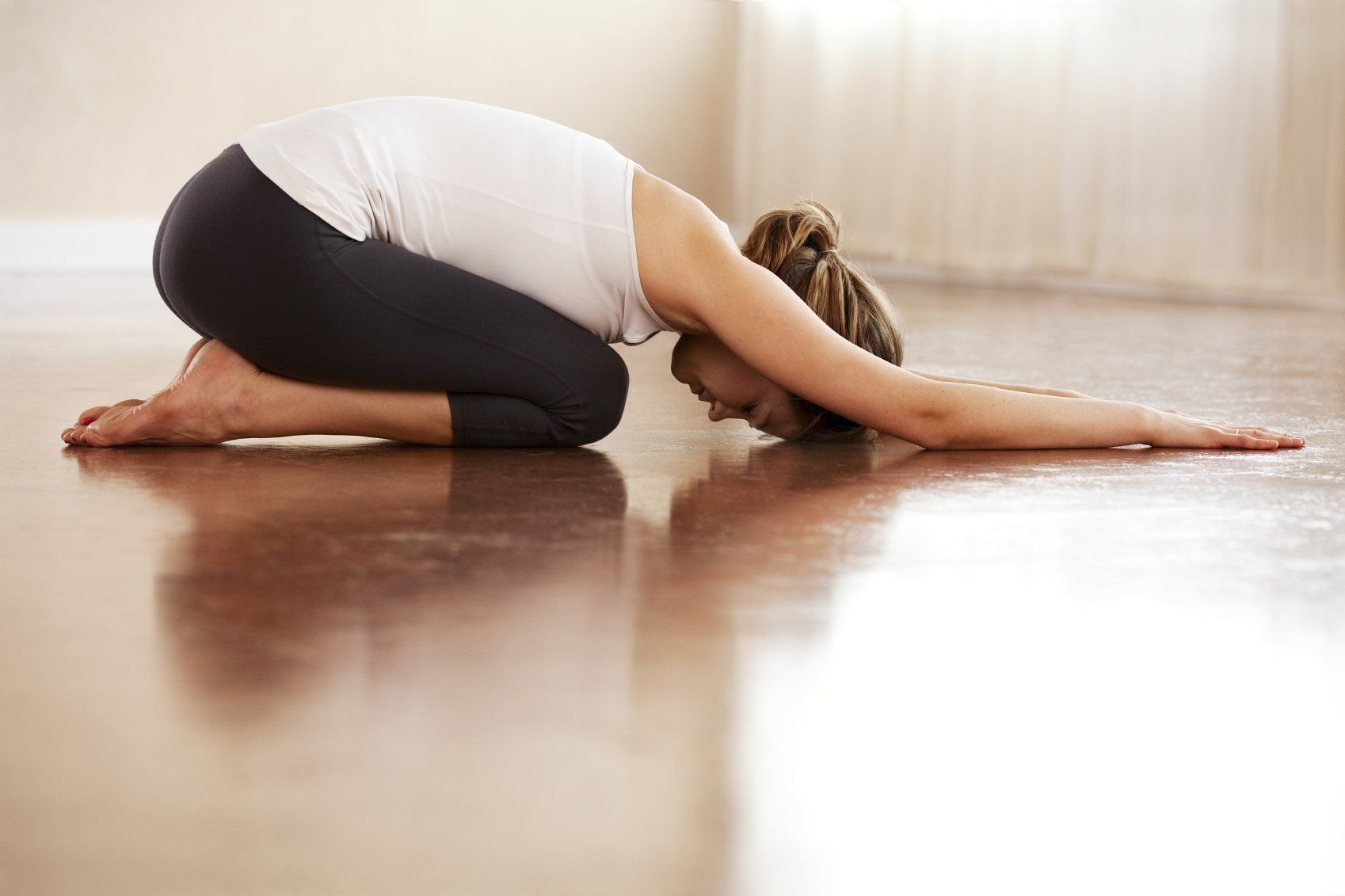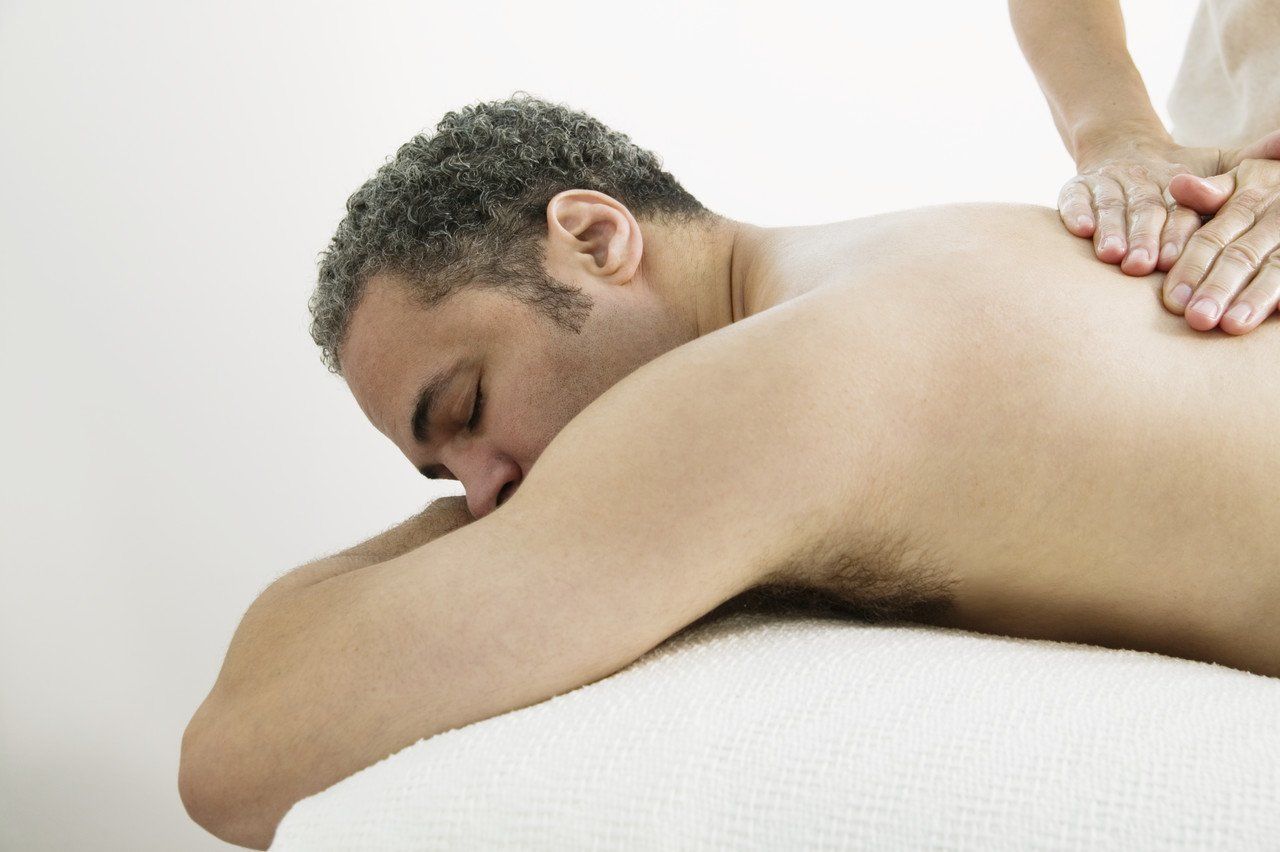Physical Exercise during Menstruation: Finding What Works Best for You
The menstrual cycle is a natural and essential part of reproductive health. During this time, hormonal fluctuations can bring about physical and emotional changes. Engaging in regular physical exercise can help alleviate menstrual symptoms, improve overall well-being, and promote a healthy lifestyle. However, it's important to understand that each perosns experience with menstruation is unique, and exercise preferences may vary. In this blog, we'll explore the best types of physical exercise around menstruation, providing guidance to help you find what works best for you.
Listen to Your Body:
The first and most crucial aspect of exercising during menstruation is to listen to your body. Pay attention to how you feel and adjust your exercise routine accordingly. Some women may experience higher energy levels during their period, while others may feel fatigued or have lower stamina. It's essential to respect your body's signals and modify your workout intensity and duration as needed.
Low-Impact Exercises:
Engaging in low-impact exercises can be particularly beneficial during menstruation, as they provide gentle movements that are less likely to strain the body. These exercises reduce the risk of discomfort or exacerbating menstrual symptoms. Some examples of low-impact exercises include:
a. Walking: A brisk walk can help improve circulation, relieve cramps, and boost mood without placing excessive stress on your joints.
b. Yoga: Yoga offers a combination of stretching, gentle movements, and relaxation techniques, making it an ideal exercise during menstruation. Certain poses can specifically target menstrual discomfort and help promote relaxation.
c. Swimming: Water-based exercises, such as swimming or water aerobics, provide a low-impact workout that is gentle on the body. The water's buoyancy can help alleviate cramps and reduce bloating.
Strength Training:
While low-impact exercises are generally recommended, strength training can also have its benefits during menstruation. Strength training helps build muscle mass, improve bone health, and enhance overall strength. However, it's crucial to choose the right exercises and adjust the intensity to avoid strain and discomfort. Some considerations for strength training during menstruation include:
a. Lighter weights: Opt for lighter weights and focus on higher repetitions rather than pushing yourself to lift heavy weights. This approach can help prevent excessive strain on the body.
b. Targeted exercises: Select exercises that specifically work on the areas you want to focus on. This allows you to tailor your workout routine to your needs while minimising the risk of overexertion.
Cardiovascular Exercises:
Cardiovascular exercises, also known as aerobic exercises, can provide numerous benefits during menstruation. They help improve blood circulation, boost mood, and enhance overall cardiovascular health. However, similar to strength training, it's important to adjust the intensity based on your energy levels and comfort. Some suitable cardiovascular exercises include:
a. Cycling: Whether indoors on a stationary bike or outdoors, cycling offers a low-impact cardiovascular workout that can be adapted to your preferred intensity.
b. Dancing: Engaging in dance classes or simply dancing to your favourite tunes at home can provide an enjoyable and effective cardio workout. It allows you to tailor the intensity to your comfort level.
c. Elliptical training: Using an elliptical machine provides a low-impact cardiovascular workout that is gentle on the joints while targeting the major muscle groups.
Staying physically active during menstruation is crucial for maintaining overall health and well-being. By listening to your body and choosing exercises that suit your energy levels and comfort, you can create a workout routine that supports you throughout your menstrual cycle. Whether opting for low-impact exercises like walking and yoga or engaging in strength training and cardiovascular exercises, finding what works best for you will ensure a positive exercise experience. Remember, it's essential to consult with your healthcare provider if you have any specific concerns or medical conditions related to menstruation or exercise.










